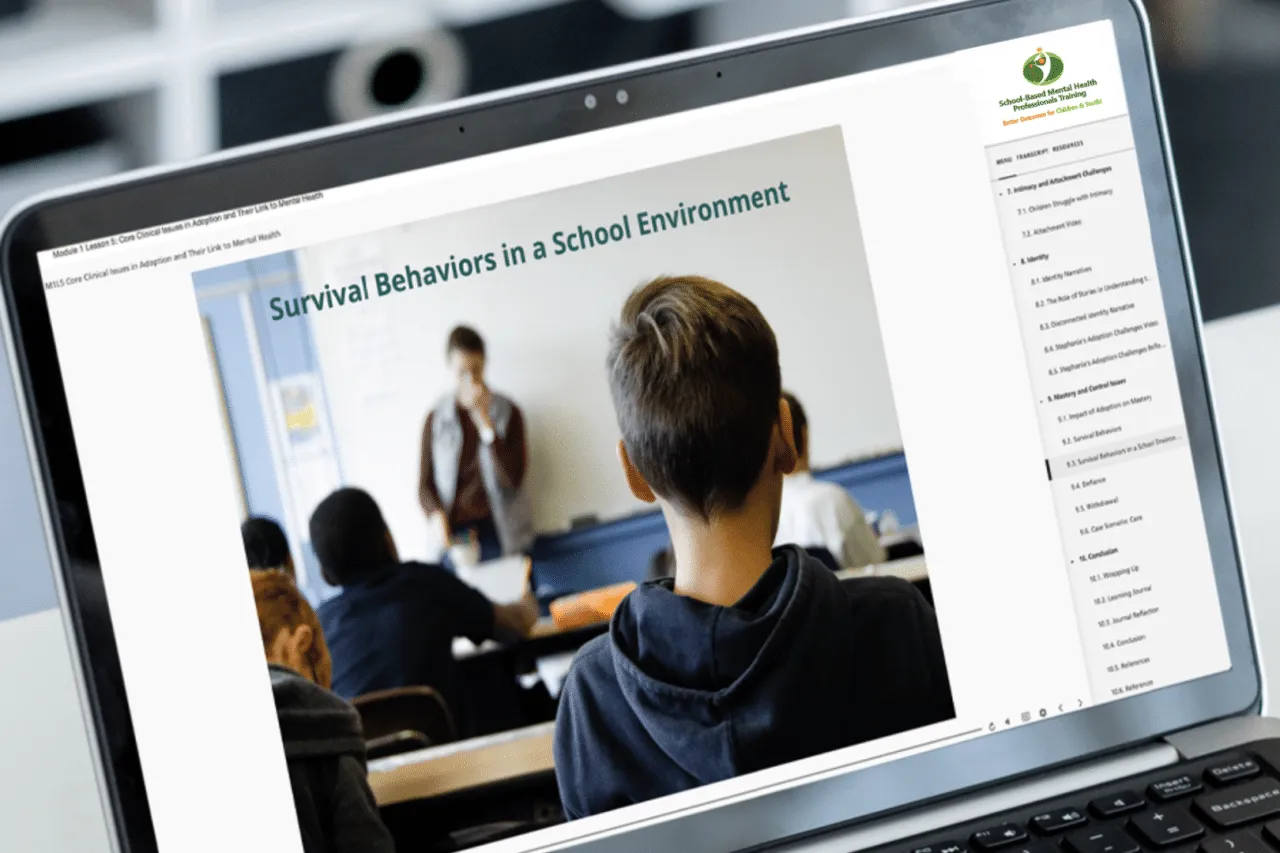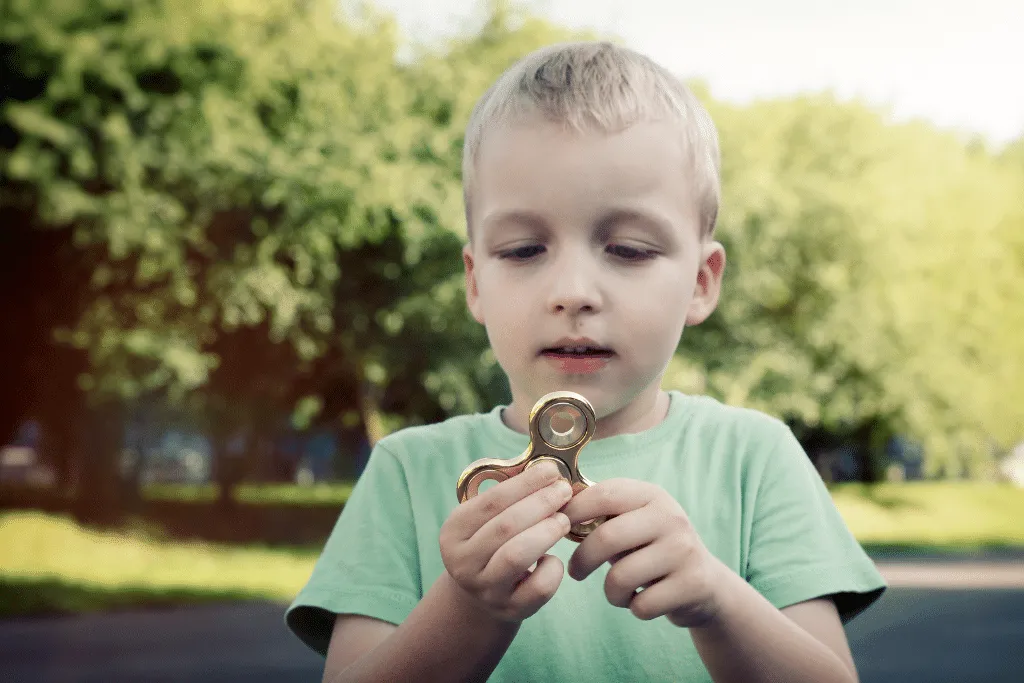ADHD is Too Often Misdiagnosed
ADHD is Too Often Misdiagnosed

October is ADHD Awareness Month and this month, we’re highlighting that one of the most frequently misdiagnosed conditions in children is Attention Deficit Hyperactivity Disorder, or ADHD. Because the symptoms of ADHD are broad, and overlap with other conditions, diagnosing ADHD correctly can be tricky. For instance, common symptoms of ADHD like restlessness, difficulty concentrating, difficulty following directions, impulsivity, and outbursts can all be found in other diagnoses, or attributed to other causes. In addition, some behaviors can be directly related to the age and maturity of the young child or teen, and not at all indicative of an ADHD diagnosis.
ADHD Diagnosis and Treatments
A mental health diagnosis as a result of a child’s behavior is the foundation for a treatment regimen, and often medication, that can be helpful or harmful. It can be helpful if the diagnosis is correct, and the treatment regimen/medication is conservative to begin with and intensified as needed. It can be harmful if the diagnosis is incorrect, and the treatment regimen and medication do not address the real underlying cause of the child’s behavior.
The ADHD diagnosis is often made on the basis of the child’s performance in school, with only minor concurrence with behavior at home or in other settings. Some children have a more difficult time in the structured setting of school but can manage well with an active life outside of school, participating in activities that interest them and benefit from their abundance of energy. On the other hand, when symptoms are present across the child’s environments, a closer look at an ADHD diagnosis should be considered along with medical assessment for other conditions that mimic ADHD symptoms.
Behaviors Defining ADHD
Let’s take a look at the behaviors defining ADHD and the protocol for diagnosing this condition and consider what other factors might cause these symptoms in children. The Diagnostic and Statistical Manual of Mental Disorders, Fifth Edition, requires evidence of a persistent pattern of inattention or hyperactivity/impulsivity, or both, with a severity that interferes with developmental functioning in 2 or more settings; was present before age 12; and cannot be accounted for by another behavioral health disorder such as depression, anxiety, or trauma. The diagnosis should document the presence of at least 6 of 9 symptoms of inattention (or 5 symptoms for teens age 17 or older), or at least 6 of 9 symptoms of hyperactive/impulsive behavior (5 symptoms for teens age 17 and older). Symptoms are best documented when reported by at least 2 observers.
In considering an ADHD diagnosis, the age of a child and their maturity level are important factors in assessing their behavior. Young children especially often have difficulty paying attention or following directions, and often have a short attention span on any one activity. They may also be naturally physically active, and not comfortable in a structured classroom setting that requires sitting for long periods of time. Some adaptation comes with maturity, but these behaviors do not necessarily require a diagnosis. Research shows that boys are diagnosed with ADHD more often than girls, and that they display a higher activity level, while girls tend to display more inattentive behavior. Some children display both hyperactivity and inattentiveness.
Misdiagnosis of ADHD Symptoms
The symptoms of ADHD that occur in other diagnoses include difficulty concentrating, irritability, restlessness, difficulty with social skills and fatigue which are also symptoms of a mood disorder or anxiety disorder. Symptoms such as fidgeting and always being on the move, having difficulties with social interactions, becoming easily frustrated, disliking change in routine, and avoiding eye contact are also symptoms within the Autism Spectrum.
When children have difficulty sleeping, they may display fatigue, irritability, difficulty concentrating, inattention, and decreased performance, especially in school. The cause of their sleep disturbance may vary widely and may be the result of environmental or situational circumstances, but the result can be that they display symptoms that are misleading and look like ADHD.
Children with Auditory Processing Disorders and other learning challenges may have difficulty listening, especially in noisy settings, have trouble following spoken directions, and have difficulty receiving verbal information. This can lead to their appearing inattentive, oppositional, and not engaged in activities with peers. They may also be perceived as “acting out” when they cannot follow directions. Screening for learning disabilities is essential when determining a correct diagnosis.
Untreated physical conditions, such as low blood sugar, allergies and celiac disease may cause symptoms that look like ADHD. Irritability, visual impairment, fatigue, anxiety and depression may also look like ADHD. It is important to pair any psychological assessment with a medical assessment to take into consideration any medical condition that may be contributing to behaviors and symptoms.
Children who have experienced trauma, separation and loss, and are grieving may also display symptoms that look like any number of mental health conditions. It is common for them to be distractable, inattentive, unable to follow instructions, isolative, be irritable and unable to sustain peer relationships. They often experience sleep disturbance and eating disorders, may display fatigue and appear to be “checked out” or day dreaming. Assessments must always include an understanding of the child’s or adolescent’s living situation, constellation of support, and history; especially their trauma history. A misdiagnosis of ADHD or any other mental health diagnosis, leading to a treatment plan and medication can be very harmful, and could exacerbate their challenges. It is important to have a wholistic picture of a child’s life and relationships in the process of assessing for a mental health challenge.
Diagnosing ADHD with Careful Considerations
All this to say, ADHD has become a catch-all diagnosis for children and adolescents who display specific symptoms, especially in the school setting, and are difficult to manage in the classroom. According to research, the prescribed protocol for diagnosing ADHD is often not closely followed, and misdiagnosis occurs all too often. This is not to say that ADHD is never the correct diagnosis, because it is often the right one, and correct treatment can be life-altering. It is only to say that the diagnosis must be carefully considered with many factors to be certain that other explanations and underlying causes for a child’s behavior have been ruled out.







